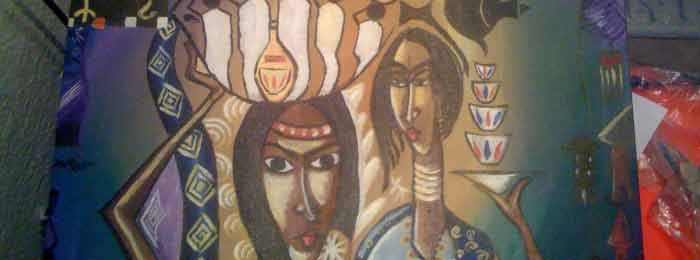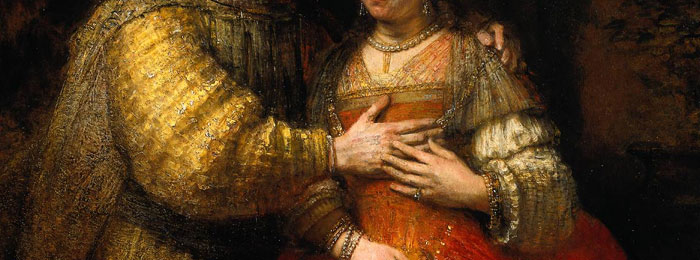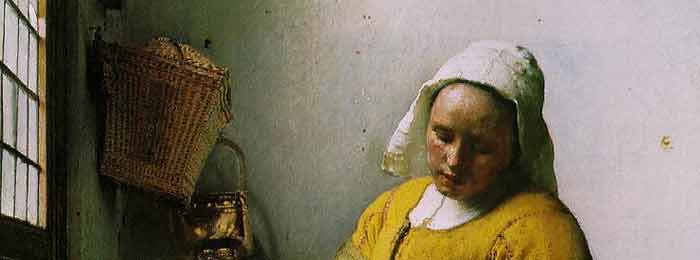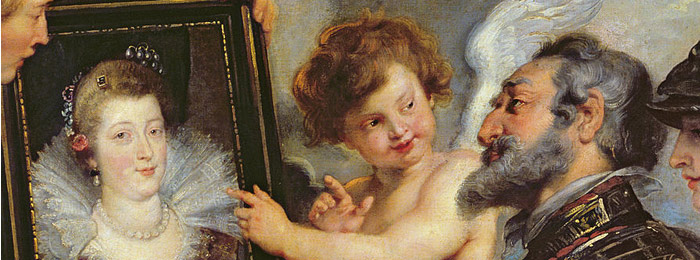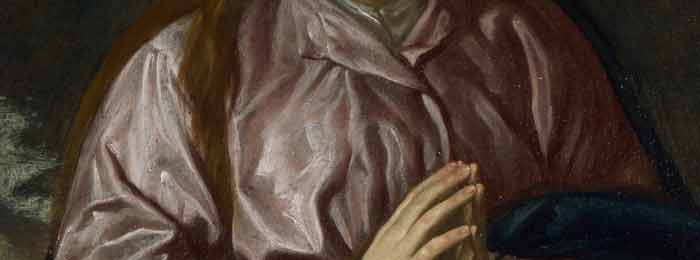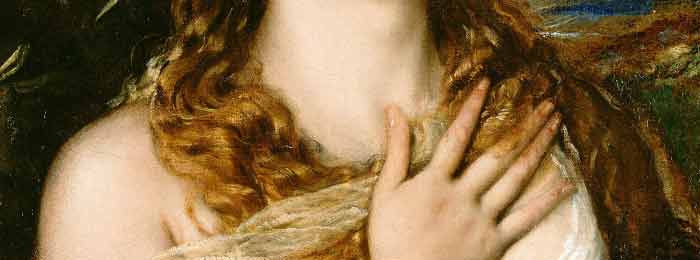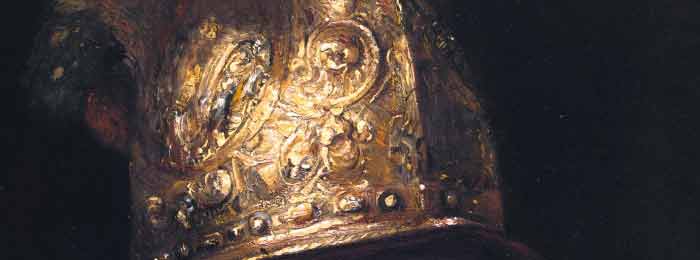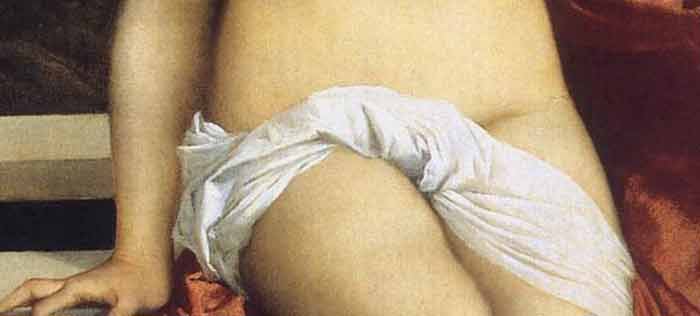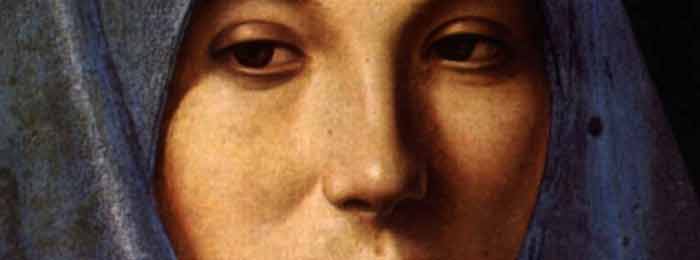On 11 Dec, 2016 With
Feedback from Jeanett Flynn
Since retiring I have had two main focuses in my life – my family (especially my six wonderful grand children, plus a new little one on the way), and art.
Over the past few years my artistic tool of choice has been my camera. I have spent much time learning all I can to become a better photographer. I really love it, but I have also felt like something is seriously missing. There has been a piece of the creative puzzle of my soul that has been missing and makes me feel not quite whole. I yearn to fill that missing piece in. I yearn to feel whole again. The creative spirit in me is calling. It is saying “don’t give up”. I need to pursue art in a way beyond photography. …
Read More
On 20 Oct, 2015 With
Feedback from Berehanu Belete
I am an Ethiopian,age 43, Hotel manager,accountant,editor,preacher,as well as part time painter. I like to paint and I am struggling to get every available skill and knowledge online to boost my painting career. If I get some one like a good instructor on painting or a lesson on those lacked techniques, a can bear a good fruit and would become a nice painter. …
Read More
On 31 Aug, 2015 With
Rembrandt, who is thought to have learned from Jacob van Swanenburgh and Pieter Lastmann, no doubt took stylistic cues from the Flemish Technique, the Venetian Technique, and the Direct Painting Technique. When observing his work, one can see that he experimented freely with them, moving between them, but he most certainly employed them all. Over time, as he learned each method, he incorporated aspects from all into a his style—while, of course, adding innovations of his own. Some of his paintings utilize wood as a canvas, as was common with the Flemish Technique, which he appears to have used predominantly in those works. In addition to this, a few of his small studies on wood panels seem to have utilized…
Read More
On 18 Jul, 2015 With
Oil paintings techniques: Vermeer’s Palette Johannes Vermeer was a Dutch painter who specialized in domestic interior scenes of middle-class life. Vermeer was a moderately successful provincial genre painter in his lifetime. He seems never to have been particularly wealthy, leaving his wife and children in debt at his death, perhaps because he produced relatively few paintings. One aspect of his meticulous painting technique was Vermeer’s choice of pigments. He is best known for his frequent use of the very expensive ultramarine (The Milkmaid), and also lead-tin-yellow (A Lady Writing a Letter), madder lake (Christ in the House of Martha and Mary), and vermilion. He also painted with ochres, bone black and azurite. The claim that he utilized indian yellow in Woman Holding…
Read More
On 25 Jun, 2015 With
PETER PAUL RUBENS (1577-1640) With Rubens, we come to the last major transformation of the Oil Painting medium. The changes he brought about in the medium of the later Italians converted it into the most facile and versatile vehicle that any painter has ever had at his disposal. Technically, there seems to have been no limit to its possibilities and Rubens himself. No painter has ever enjoyed a greater or more lasting renown. During his life his atelier had a tremendous reputation, and from the time of his death until our own time, painters of all schools have tried to rediscover his lost secrets; they have copied him – from Antoine Watteau to Paul Cézanne in their efforts to learn…
Read More
On 24 Feb, 2015 With
Ever since the knowledge of the great oil painting techniques of the Renaissance was so mysteriously lost, about the end of seventeenth century, artists have been trying vainly to rediscover the methods of such masters as Titian, Rubens, Rembrandt and Velasquez, as well as of their predecessors–Jan Van Eyck, Memling, Giovanni Bellini and others, though not allowing for the same facility of execution on a large scale, were nevertheless were nevertheless equally as brilliant and durable. It has been evident to every artist who has worked in the medium of oil paint for the last two centuries or more, that certain qualities of color and modelling and brilliance of surface which seem to have been the common Possession of earlier…
Read More
On 30 Aug, 2014 With
Sometime around the end of the seventeenth century, the painting methods so beloved of the old masters were mysteriously lost—how exactly, no one is really sure. Ever since then, artists have tried and fail to rediscover these techniques, which yielded the masterpieces of Titian, Rubens, Rembrandt and Velasquez. The origins of these techniques can be seen as well in the artists that came before them (Jan Van Eyck, Memling, Giovanni Bellini and others) in a more rudimentary form and always on a much smaller scale, being limited by a lack of proper canvas and materials. For reasons not yet known, something of the inherent magic of oil painting seemed to have dulled after the Renaissance, with a dampening (subtle…
Read More
On 22 Jul, 2014 With
Rembrandt was so pleased with his innovation of glazing over dried impasto that he expanded the practice to other textures, devising a method that utilized different whites for impasto and smoother passages. His impasto white was very “lean” and had egg as an ingredient (meaning it must have dried quite quickly), ground glass, and also white lead, which was used as a binder. He generally applied it with increasing thickness in several stages, whereafter it was finished with transparent glazes and wiping, creating the lustre and dimension he is so well-known for. No other technique produces the same brilliance as Rembrandt’s. When he painted Lieutenant Ruytenburch’s uniform in “The Night Watch,” Rembrandt used this method to build up the dimensions…
Read More
On 24 Jun, 2014 With
Titian and Giorgione were foremost among the pioneers of what we now call the Venetian Method of oil painting. The Venetian Method, or Venetian Technique, borrowed heavily from the Flemish Method, which saw the application of transparent glazes for the shadows, greater contrast between dark and light areas, and opaque highlights. The Venetian Method, however, deviates in some key areas, adding its own take on the Flemish process. While the glossy finish of the Flemish Method was ideal for small wood panels, on large paintings it was distracting and decidedly “overkill”; ergo, Titian refined the painting process to produce a less reflective surface. Most probably, he cut out sheen-enhancers like polymerized oils, balsams, and resins, and replaced them with…
Read More
On 17 Jun, 2014 With
Oil painting in its first form evolved from an earlier discipline known as , and was an attempt to overcome the severe limitations of that medium, such as a lacklustre finish and too-rapid drying time. Developed originally in Flanders, the method became known as the “Flemish Technique.” This method of painting requires a rigid surface on which to work, one that has been primed pure white, as well as a very precise line drawing. The line drawing was transferred to the white surface by perforating (tracing, in essence) the drawing along its lines. Once this transfer was complete, the resulting lines were enhanced with ink or viscous paint (using either a pen or finely pointed sable brush). The drawing was…
Read More



